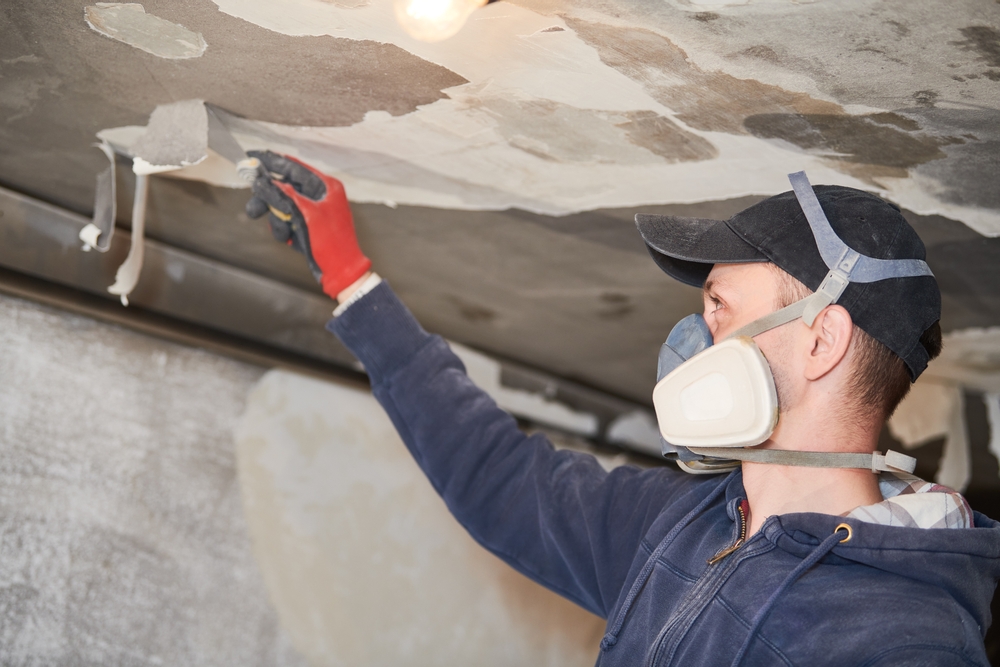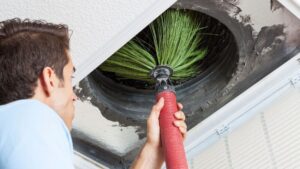
Recovering from a fire is never easy. The destruction it causes leaves homes, businesses, and lives in disarray. But thanks to advancements in technology, fire damage restoration has become faster, safer, and more effective than ever before.
Modern tools and methods are helping restoration teams save time, cut costs, and achieve results that were impossible a decade ago. From digital assessments to advanced cleaning systems, technology is reshaping how professionals handle the aftermath of a fire.
Digital Assessments for Faster Action
Accurate Damage Evaluation
The first step in fire damage restoration is understanding the extent of the damage. With digital tools like 3D imaging and thermal cameras, experts can now assess a property in detail within hours.
These technologies capture every detail, including hidden structural issues or moisture pockets that could lead to secondary problems like mold. This precision ensures that no area is overlooked during the restoration process.
Streamlined Reporting
Digital reports generated from these assessments help property owners and insurance companies make informed decisions quickly. Faster, clearer communication means restoration teams can start work without unnecessary delays, reducing the overall recovery time.
Advanced Cleaning and Deodorizing Systems
Removing Smoke and Soot Efficiently
Smoke and soot particles can penetrate deep into walls, furniture, and fabrics. Traditional cleaning often left behind odors and stains. Today, modern equipment like HEPA vacuums and chemical sponges ensures thorough cleaning during fire damage restoration.
These advanced tools remove even the smallest particles, restoring surfaces without causing further damage. This level of precision makes homes and businesses feel clean and safe again.
Odor Elimination with Ozone and Hydroxyl Generators
Persistent smoke odors are one of the toughest challenges in fire damage restoration. Ozone and hydroxyl generators break down odor molecules at a chemical level. These systems eliminate smells completely rather than just masking them, ensuring the space feels fresh once restoration is complete.
Moisture Detection and Drying Technologies
Preventing Secondary Damage
Water used to extinguish fires can create its own set of problems. Moisture trapped in walls, floors, or ceilings can lead to mold and structural damage if not addressed. Modern moisture detection tools help teams find and eliminate hidden dampness quickly.
This proactive approach prevents additional damage, saving property owners from costly repairs later on.
High-Efficiency Drying Equipment
Powerful air movers and dehumidifiers are now standard in fire damage restoration. These machines speed up the drying process, reducing downtime and minimizing the risk of long-term damage to the structure or interior of the property.
Robotics and Automation in Restoration
Precision and Safety
In certain cases, restoration teams use robotic systems to access dangerous or hard-to-reach areas. These robots can inspect, clean, or even assist in minor repairs while keeping human workers safe.
This technology is particularly valuable in large commercial spaces where hazards remain long after the fire has been extinguished.
Automating Routine Tasks
Automation also helps streamline repetitive tasks like air quality monitoring or humidity checks. By reducing manual work, teams can focus more on specialized restoration tasks, improving efficiency and overall results.
Data and Software for Better Project Management
Real-Time Tracking
Modern fire damage restoration projects use specialized software to track progress in real time. Property owners, insurers, and restoration teams can see updates instantly, reducing misunderstandings and delays.
This transparency keeps everyone on the same page and ensures projects stay on schedule and within budget.
Improved Communication
Digital platforms make it easy for all parties to share photos, documents, and updates. This collaboration speeds up decision-making, allowing work to progress smoothly from start to finish.
Enhancing Safety During Restoration
Air Quality Monitoring
After a fire, the air inside a building can be filled with harmful particles. Restoration teams now use advanced air quality monitors to ensure the environment is safe for both workers and occupants.
These systems detect dangerous levels of soot, ash, or other pollutants, helping teams take action to keep everyone safe.
Personal Protective Equipment (PPE) Innovations
Technology has also improved the safety gear used during fire damage restoration. Modern PPE is lighter, more comfortable, and more effective, allowing teams to work longer and more safely in hazardous conditions.
The Financial Benefits of Technology
Reducing Costs Through Efficiency
By speeding up every step of fire damage restoration, technology reduces labor and material costs. Faster drying, accurate assessments, and efficient cleaning mean less time spent on-site and fewer resources wasted.
These savings benefit both property owners and insurance companies, making the restoration process more affordable overall.
Extending the Life of Property and Assets
High-tech restoration methods often save items that would have been written off in the past. From furniture to electronics, advanced cleaning and repair techniques help recover valuable assets, reducing the need for costly replacements.
The Future of Fire Damage Restoration
AI and Predictive Analytics
Artificial intelligence is beginning to play a role in fire damage restoration. AI tools can predict where structural weaknesses might develop or recommend the most effective cleaning solutions based on the type of damage.
This predictive power will make future restoration projects even faster and more cost-efficient.
Integration with Smart Homes
As more homes and businesses adopt smart technology, restoration processes will become even more streamlined. Smart sensors may one day provide instant data to restoration teams, allowing them to respond even faster after a fire.
Choosing a Tech-Savvy Restoration Partner
Look for Advanced Capabilities
Not all restoration companies use the latest technology. When selecting a partner for fire damage restoration, ask about their tools and methods. Companies that invest in modern technology often deliver better, faster results.
Experience Matters
Technology is only as good as the people using it. Choose a company with experienced professionals who understand how to get the most from these advanced systems for your benefit.
Conclusion
Technology is revolutionizing fire damage restoration, making it faster, safer, and more efficient. From digital assessments and advanced cleaning systems to AI-driven insights, these innovations ensure properties are restored to their best condition in less time and at lower cost.
For property owners facing the aftermath of a fire, partnering with a tech-savvy restoration team offers peace of mind and better results. As technology continues to evolve, the future of fire restoration promises even greater speed, accuracy, and affordability.







